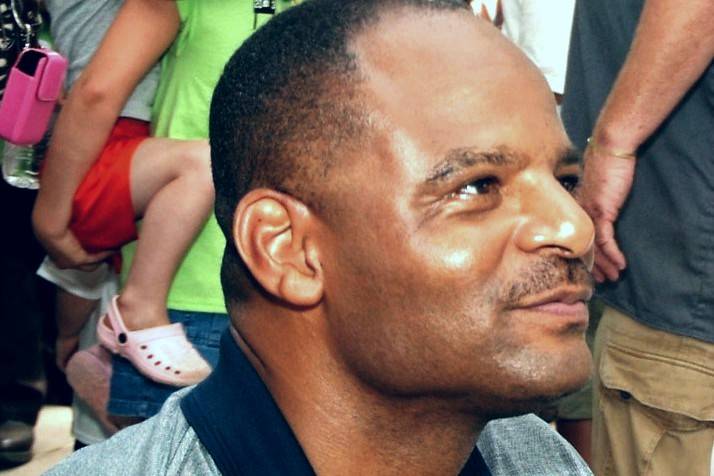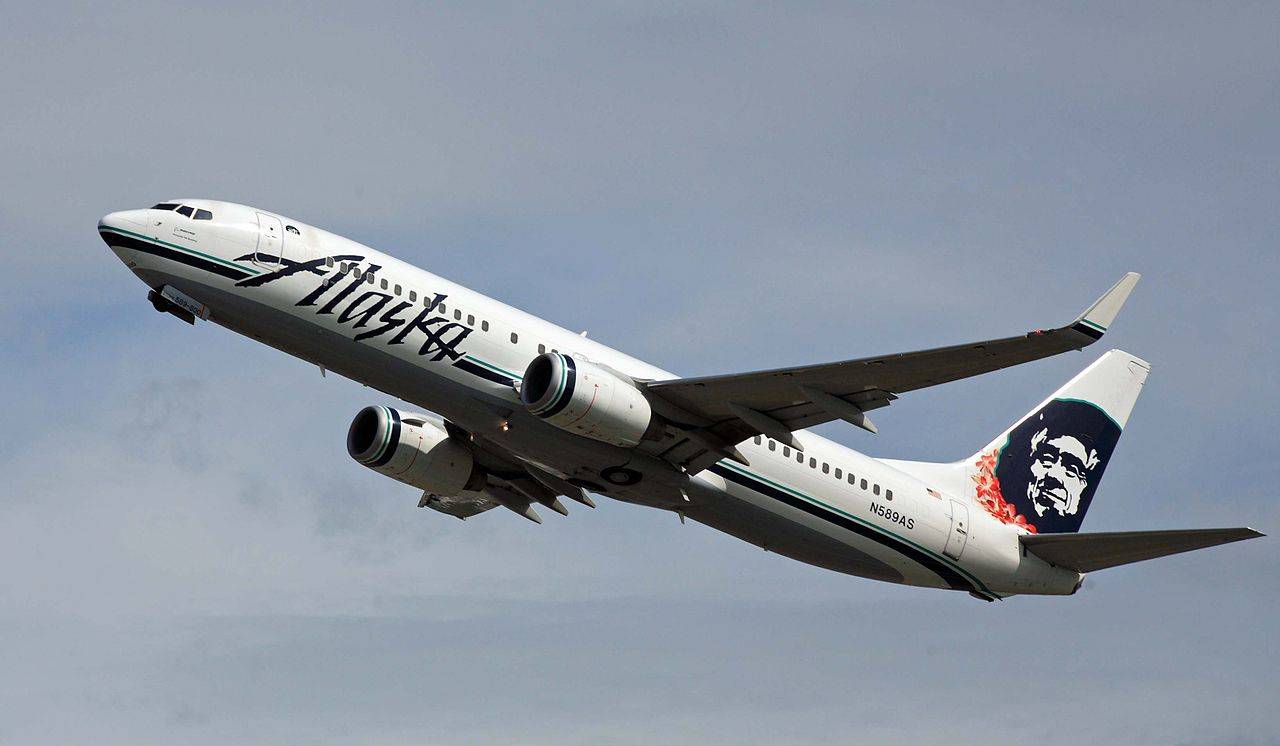It has taken a dozen years, but an East Coat film crew was in Seattle last week seeking an upside to the fatal Aurora Bridge bus crash caused by deranged gunman Silas Cool. On a Friday afternoon after Thanksgiving 1998, the angry, paranoid loner who masked his apartment windows with tinfoil calmly walked up to driver Mark McLaughlin, 44, as his Metro bus approached 50 m.p.h. heading over the bridge, shot him twice point blank, then shot himself in the head. The articulated bus swung across the lanes and went through the guard rail, taking 32 passengers on a 50-foot, straight down plunge, landing partly on an apartment house below. Amazingly, only one rider died. Cool, 43, was a petty thief, Peeping Tom, and onetime Boy Scout who favored sunglasses at night, slept on an inflatable mattress, ate dinner at street missions, and lived off free money from his parents. He had become increasingly unpredictable in the final few months of his life. Weeks earlier he showed a handgun to a passenger and said he was getting a second gun to deal with the “mean” people who ride, and drive, buses. He likely was the gunman who several months earlier walked up to the driver of another moving bus and pulled the trigger twice; the weapon misfired and he escaped.Those details – first reported by Seattle Weekly – will be part of the pilot for a new documentary series on Lifetime Television called “The Day That Changed My Life.” Bus crash survivors, emergency responders and others retold their stories for the TV film crew last week. The show will recreate the crash and its aftermath in documentary style.Obviously, the day changed a lot of lives: Besides the deaths of McLaughlin (whose dying heroics to slow the bus likely prevented it from going off over the water) and passenger Herman Liebelt, 69, the crash left some passengers permanently disabled. Most were compensated although at least one lawsuit was launched, and failed. But at least one victim changed for the better.”We are working with a passenger who was aboard the bus that day and sustained significant injuries from the crash,” says Diana Nolan, one of the show’s producers. “Amazingly, these injuries ultimately allowed her to turn her life around in a very positive way,” including kicking a longtime drug habit.Unfortunately, one question – why, exactly, did Cool try to take more than 30 people to their deaths? – isn’t likely to be answered. A long police investigation could never pinpoint the reason, only the likely cause – Cool’s decent to paranoia. Some remembered him as the man with an intimidating stare, and a harassing, unruly, and obnoxious personality. One driver recalled Cool merely sitting and reading a newspaper with sun glasses on one day, yet manifesting a “presence that scared her.”Cool’s father in New Jersey told investigators he thought his son was in great pain from a chronic back condition. Silas was never diagnosed with a mental illness, the father said, nor had he seen a counselor. Cool’s parents, a detective concluded, “find it really hard to believe that Silas shot the bus driver. That would have been totally out of his character.”
More Stories From This Author
Adam Smith and Kim Schrier will retain Congress seats | Election 2024
Smith represents the 9th Congressional District and Schrier represents the 8th Congressional District.
November 5, 2024 9:40 pm
Boeing Machinists approve contract, ending 52-day strike
After voting no twice, 59% of union members approved the latest contract.
By
Michael Henneke • November 5, 2024 8:40 am
Charges filed against teens in King County crime spree
Suspects linked to 78 robberies, shootings and carjackings in Sept. and Oct.
By
Benjamin Leung • October 21, 2024 6:00 pm







